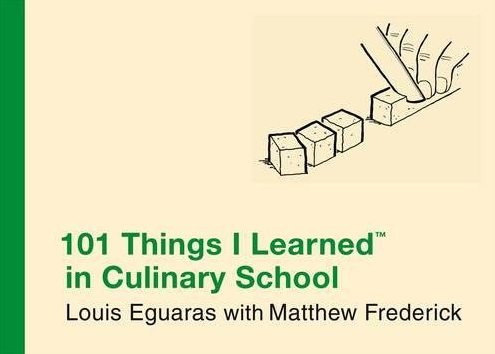
101 THINGS I LEARNT IN CULINARY SCHOOL – Bestseller Book
“101 THINGS I LEARNT IN CULINARY SCHOOL” is a bestseller book written by Louis Eguaras and Mathew Frederick. This book serves the sole purpose of providing readers with an overview of how to be a success in the culinary profession. It is also aimed at providing a great way of food preparation and also how to cook and present it appropriately. The book gives readers a concize view about the kitchen which includes kitchen organization, plate presentation, restaurant management, food preparation, and how to hold a knife properly.
Chapter one of the book helps readers to understand the different types of cooking which include dry cooking and moist cooking.
Dry cooking is said to include baking, roasting, broiling, grilling and deep frying. These methods are called dry cooking because it uses direct heat either by convection or radiation. The food produced is usually hard.
Moist cooking includes Boiling, poaching, steaming and blanching. These processes are termed moist cooking because it makes use of water as a method of heat transfer. The food produced from this type of cooking is typically soft.
Chapter two of the book 101 things I learned in culinary school helps readers to understand that there are various kinds of knives for different purposes.
To avoid the disappointment of a knife, readers are enlightened on the various types of knives. The blade of these knives can both be stamped which involves using a template to carve out the blades and can also be forged which involves using high degrees of heat to shape the metal. From this book, I learned that stamped blades are lighter and less expensive than forged blades. It was also seen that forged knives maintain balance and sharpness more than stamped knives. The blades of the knife can be made from carbon steel, ceramic, stainless steel, and High- carbon stainless steel. The different kinds of knives and their uses are outlined.
The boning knife is a knife that serves the particular purpose of removing meat from a carcass.
The filet knife is a knife with a unique purpose for filleting fish.
The French chef’s knife has a special purpose such as for chopping, slicing, dicing, and mincing.
The serrated slicer knife has a unique purpose for bread and tomatoes cutting.









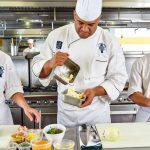
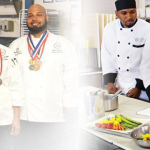
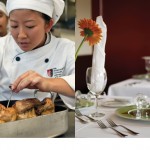
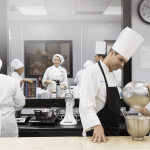




Recent Comments